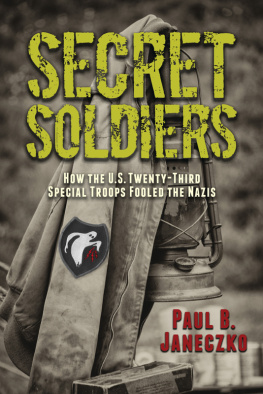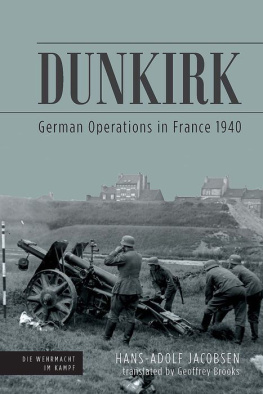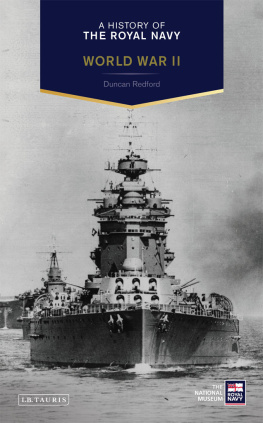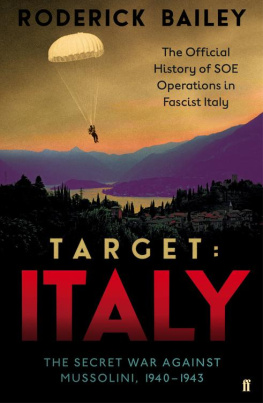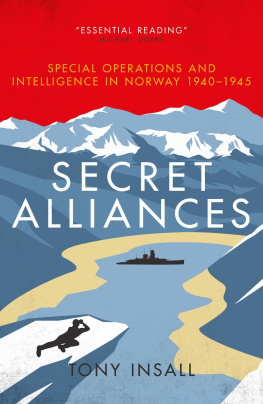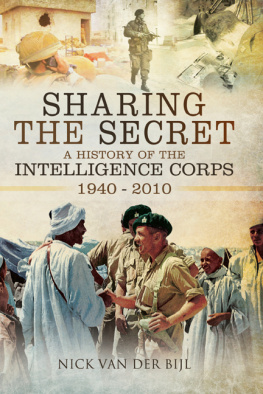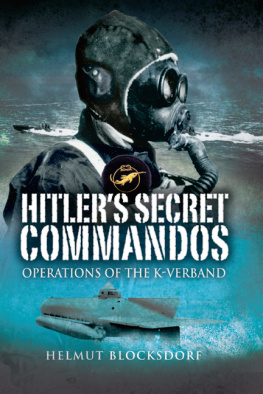

First published in Great Britain in 2004 by
Pen & Sword Military
an imprint of
Pen & Sword Books Ltd
47 Church Street
Barnsley
South Yorkshire
S70 2AS
Copyright P.H. Brazier, 2004
9781783034161
The right of P.H. Brazier to be identified as Author of this Work has been asserted by him in accordance with the Copyright, Designs and Patents Act 1988.
A CIP catalogue record for this book is
available from the British Library
All rights reserved. No part of this book may be reproduced or transmitted in any form or by any means, electronic or mechanical including photocopying, recording or by any information storage and retrieval system, without permission from the Publisher in writing.
Typeset in Sabon by Phoenix Typesetting, Auldgirth, Dumfriesshire
Printed and bound in England by
CPI UK
Pen & Sword Books Ltd incorporates the imprints of Pen & Sword Aviation, Pen & Sword Maritime, Pen & Sword Military, Wharncliffe Local History, Pen and Sword Select, Pen and Sword Military Classics and Leo Cooper.
For a complete list of Pen & Sword titles please contact
PEN & SWORD BOOKS LIMITED
47 Church Street, Barnsley, South Yorkshire, S70 2AS, England
E-mail: enquiries@pen-and-sword.co.uk
Website: www.pen-and-sword.co.uk
Dedicated to the officers and men of
The Kent Fortress Royal Engineers TA,
who answered the call on 3 September 1939.
War is an ugly thing, but not the ugliest of things:
the decayed and degraded state of moral and patriotic
feeling which thinks nothing worth a war, is worse.
J.S. MILL
FOREWORD
by Professor Richard Holmes, CBE, TD
I am particularly pleased to have been asked to write the foreword to this book. As a military historian I am delighted to see an almost unknown aspect of the Second World War given the attention it deserves, and as a former Territorial I am proud to acknowledge the remarkable achievements of a Territorial Army unit.
The title Kent Fortress Royal Engineers has a wonderfully old-fashioned ring, but in fact the unit bearing it dated only from 1932 when the government decided to make Territorials, rather than regulars, responsible for the defence of Britains coasts against enemy attack. Its ranks were filled with volunteers in just forty-eight hours, thanks largely to the efforts of its commanding officer, Clifford Brazier, the author of this book.
In 1940 the Kent Fortress Royal Engineers were tasked, at short notice and in extreme secrecy, with wrecking oil storage facilities in France and the Low Countries. The task demanded the destruction of the large fuel oil stocks along the coastline from Holland to the Bay of Biscay . These would have represented a great prize for the German war machine . Sites which were often close to areas which had to remain undamaged, sometimes with understandable local tension about the demolitions, and often with a high risk of air attack and the close proximity of advancing German troops. It required not only specialist knowledge, but also a high degree of courage and resourcefulness. Officers and NCOs often had to act on their own initiative: the buck stopped with them. Although the demands of national security meant that the units considerable achievement could not be reported at the time, the achievement of the Kent Fortress Royal Engineers was recognized with a list of awards which made it, for the time, the most decorated unit in the British army.
The units contribution to victory did not end there. It was in Kent during the Blitz; sent a detachment on a Commando raid to Spitzbergen; provided the nucleus for a parachute engineer squadron and elements served in the North African desert. However the bulk of the original unit returned to France by way of Normandy to fight through Belgium and Holland and on into Germany. All this would have been a remarkable achievement for regular soldiers, but so many of these men had begun as part-time soldiers, and at the end of the war the survivors returned to the communities they had defended so well. Before the war it had been easy to poke fun at Territorials as Saturday night soldiers, but after it Field Marshal Slim aptly affirmed that the Territorial was actually twice a citizen.
As I write these lines members of the Territorial Army are serving abroad on operations on a scale not seen since the Second World War . Sometimes they are specialists, adding value to Britains contribution by making use of their own civilian expertise, and sometimes, by doing purely military tasks, they are taking some of the strain off a busy regular army. This book reminds us that the army has a long history of blending Territorials and regulars in a rich mixture that represents the best of two distinct but complementary military traditions.
INTRODUCTION
In the spring of 1940, the country learnt with relief of the miracle of Dunkirk and the courage of the Royal Navy and flotillas of small ships that plucked our army from the beaches. Churchill and his military advisers knew, however, that there was little to celebrate. In just a few weeks Hitler, with his blitzkrieg, had achieved what the Kaiser had failed to do in four years he had overrun France and crushed her armed forces and swept ours from mainland Europe. Britain stood alone against the might of Nazi Germany.
General Sir Richard Gale, who commanded 1 Parachute Brigade and later 6th Airborne Division on D Day, was a Colonel on the staff of the Director of Military Operations at the War Office in 1940. In his autobiography Call to Arms he wrote of this dark period:
The withdrawal from France and the evacuation from Dunkirk was no direct concern of ours.... The tragedy of these events were for us, however, off-set to some extent by the exploits of a Territorial Army Unit, the Kent Fortress Engineers, with whose work we were intimately concerned. Their exploits are little known, which for reasons of security at the time is not surprising.
These operations were no less than the destruction of all oil installations in the Low Countries and northern France. The task had to be done by small parties of men who remained behind after the army had withdrawn, subsequently making their getaway as best they could. Some we managed to get off by destroyer; others only made their escape weeks later after the Germans were in the whole of northern France.
General Gale continued:
The firing of oil installations is not simple if this is to be done in such a way that the conflagration caused cannot be put down. It takes time, requires detailed knowledge of the installation, great skill and above all courage. These qualities the officers and men of this unit had in good measure.
Who was this unit and why were they given the largest demolition programme ever undertaken by the Royal Engineers? How did they become the most highly decorated unit (150 all ranks) at that time in the British Army?
In 1932 to save regular manpower in the army, the War Office decided to replace the regular gunner and sapper units manning our coastal defences, with local recruited Territorial units. The War Office approached the Managing Director, A.C. Davis, of the Blue Circle Cement Company to sponsor a company sized Territorial unit for this purpose. At that time the author of this book, my father Clifford Brazier, was manager of their largest cement works in Kent. As he had served as a sapper officer in the First World War and had left the army afterwards as a major, he was asked to raise and command the unit which was named The Kent Fortress Royal Engineers. In the event it was raised to full strength in forty-eight hours; a record which has never been equalled! Initially the unit was almost exclusively drawn from personnel working in the local Blue Circle cement works. They became highly regarded by the military authorities for their efficiency and in 1938 my father was made a brevet lieutenant colonel. He remained in command until handing over on promotion in February 1942. This is simply the story of this TA sapper unit through the first two and a half years of the war.


